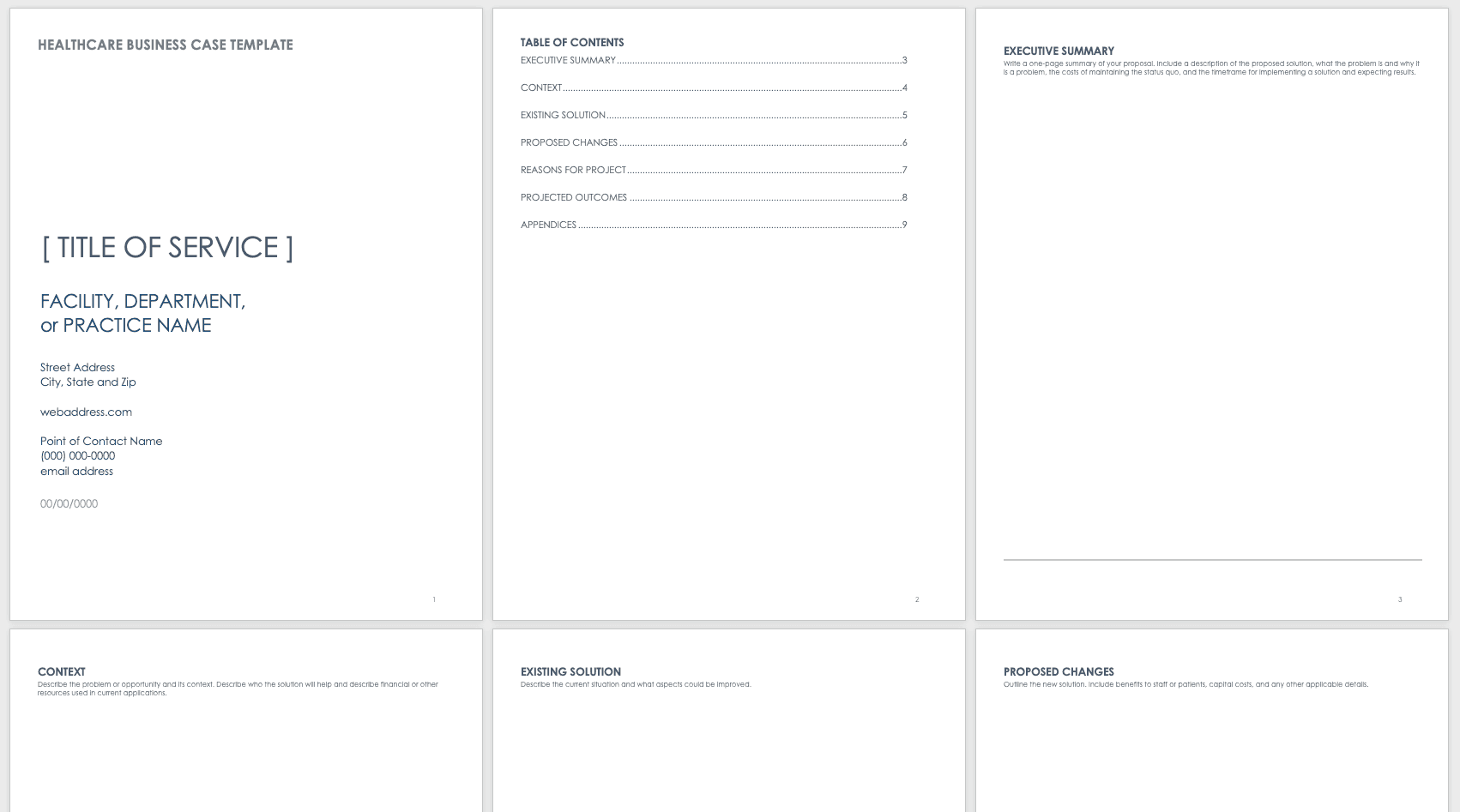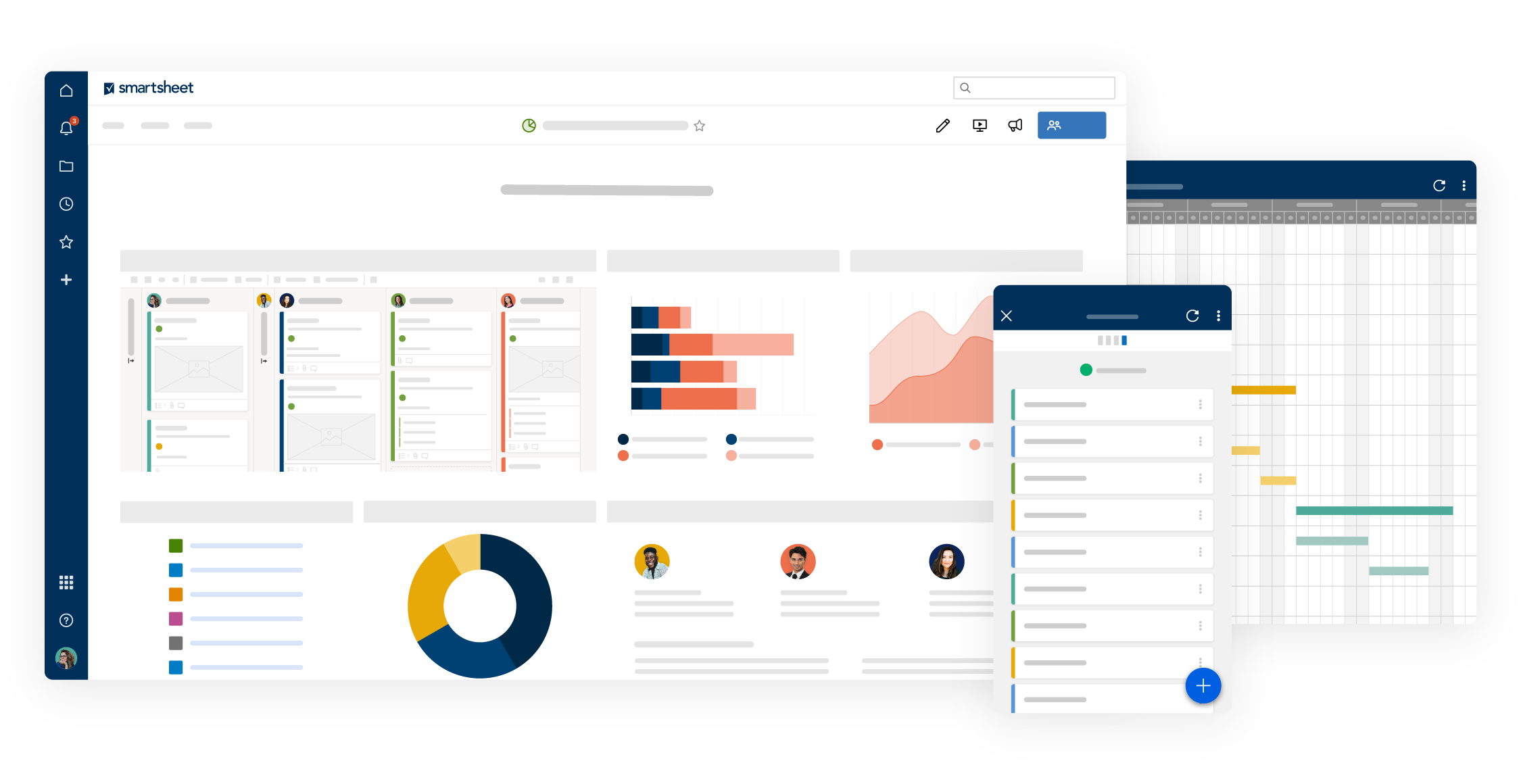
Whenever you deal with a case study, remember that there are some pitfalls to avoid! Beware of the following mistakes:
It is useful to see a few examples of case analysis papers. After all, a sample case study report can provide you with some context so you can see how to approach each aspect of your paper.
When you are learning how to write a case study analysis, it is important to get the format of your analysis right. Understanding the case study format is vital for both the professor and the student. The person planning and handing out such an assignment should ensure that the student doesn’t have to use any external sources.
If you are still in doubt, the University of South Carolina offers a great guide on forming a case study analysis.
👀 Case Study Analysis Examples
If you don’t have a complete knowledge of the case study your professor has assigned, you won’t conduct a proper analysis of it. Even if you make use of a business case study template or refer to a sample analysis, it won’t help if you aren’t intimately familiar with your case study.
It would be best if you also learned how to analyze a case study. Once you have read through the case study, you need to determine the focus of your analysis. You can do this by doing the following:
We will write a custom essays specifically
for you!
Business management is built on case analysis. Every single economic result shows that the methods and instruments employed were either well-timed and expedient, in the event of success, or not, in case of failure. These two options indicate whether the strategy is efficient (and should be followed) or requires corrections (or complete change). Such an approach to the case study will make your writing piece more proficient and valuable for the reader. The following steps will direct your plan for writing a case study analysis.

Before you start researching and writing, understand why you want to initiate a project. The goal of a project is to solve problems. What is a problem? A problem prevents your organization from achieving its full potential. To begin, determine what problem the project is trying to solve.
You determine the length of your business cases according to the scope and complexity of your proposed endeavour. A complex project means a long business case
- Review the case in detail. Identify the key issues.
- Determine 2 to 5 essential problems.
- Look for solutions to those problems.
- Describe your recommended solution.
A well-considered business case offers the following characteristics: an easy-to-understand description of the business value of the initiative and the immediate benefits of the project, including details of the positive impact on organizational strategy.
Preparing to Write the Business Case

A business case outlines for a decision maker the benefits and business value of a proposed initiative. The term business case frequently refers to a written document that is submitted for review or presented at a meeting, but can also apply to an informal, spoken proposal.
Some pundits say that the individual who advocates change must enact the change, so anyone in any role could assume the responsibilities for producing a business case. This includes consultants, line managers, or IT managers. In some organizations, the project sponsor or project manager may guide the preparation of the business case and include input from relevant departments and SMEs.
You can expedite your business process by understanding business case structure and using a template. In addition, having the correct perspective and following best practices can contribute to your success.
Whether the business case comes in document form or as a presentation, the project sponsor and key stakeholders will study it. Consider the key audience for each section of your document and write with that audience in mind.

This construction business case template includes sections for the many types of information and analysis a large construction project may require. It lists the types of documents needed to prepare for construction and includes detailed information on stakeholders and their interests. It also includes tables to help visually compare analyses. The project delivery or implementation details can form the basis for your project plan.
A business case helps stakeholders understand what you want to do, how your plan will benefit the organization, and if that plan is possible. A business case template provides a structure for researching and presenting a clear and comprehensive document.
A sample business case template is available here for the management certification guidelines used in the UK, Australia, and other countries. The number of sections and detail of your business case will vary with the complexity and scope of your intended project. Typical elements include most or all of the following:
Inputs for a business case include such things as regulatory and legal requirements, changes in the market, and customer demand.
See how Smartsheet can help you be more effective

Watch the demo to see how you can more effectively manage your team, projects, and processes with real-time work management in Smartsheet.
A business case (also known as a business need) defines a problem or opportunity, measures the effect of a project that solves a problem or exploits an opportunity, and clarifies the costs and benefits of a proposed plan.
Although preparing a business case may seem like yet another document in a long chain of project management tasks, this front-loaded preparation is essential to the eventual success of any undertaking. When started before a project begins, a business case shows stakeholders — and even you — if the project is worth starting. It can reveal problems that could potentially waste time and other resources without yielding benefits. Without business cases, you have no way to prioritize projects. If you don’t clearly articulate the desired results before the project begins, investors and stakeholders can easily be dissatisfied or frustrated with the outcome. And, as the project progresses and ultimately concludes, you have no reference point for measuring achievement.

At least read the case study once a day. That’s my advice. Highlight some things on the copy you’re given before the start of exams and jot down some notes. Remember some key business terminology/concepts and know their definitions so that when the Paper 1 makes it’s way into your fearful, shivering hands, there’ll at least be a chance you could find yourself whizzing through the first few questions related to definitions or benefits and drawback questions.
Anything lower mark questions are also important but they’re small fry and you can answer them easily without much attention for structure (this depends on how you write obviously).
“….so in this regard, the product life cycle is extremely beneficial to businesses. In the case of Lady A, the product life cycle is quite short which would mean that the business is likely to…..”
Now bear in mind, the IB Business Paper 1 exam is different for HL and SL students. It’s not like the IB Economics Paper 1 exam as the Business Paper 1 exam has an extra section for HL students to answer while SL students only need to answer two sections.
Time Management in IB Business Paper 1

HL has far more sections to cover while SL students, not so much.
Now do keep in mind, you can’t answer these questions using the Economics tips I wrote about related to DEED and DEEDE (go check out those posts if you don’t know these two acronyms. Master them if you’re an Econ student).
Remember. To get full marks, you need to constantly be referring back and citing your Case Study information. It’s essential that you keep this in mind.
(Don’t go comparing product life cycle, investment, and profit. Instead try to describe how uniquely important each one of these aspects is to Lady A and the effects they have on each other as well as Lady A)

You’re ready to compile and share your company’s deep knowledge of your industry. A white paper seems like the perfect format. It’s a useful product to highlight your company’s expertise and a valuable tool in marketing.
If original research is completed for the white paper, the methods should be communicated.
A white paper is an authoritative document intended to fully inform the reader on a particular topic. It combines expert knowledge and research into a document that argues for a specific solution or recommendation.
The abstract offers the reader a brief overview of white paper’s main points. It allows the reader to ensure they have found a document relevant to their needs. After reading, the reader should be able to know if they are ‘in the right place.’
What is a White Paper?
Businesses write white papers both to record expertise and to market themselves.
Choosing the right topic is essential to having your white paper read. There are three major factors:
It can be overwhelming to keep track of the many sources, ideas, and content involved in preparing a white paper. A helpful organizational tool is the mind-map. A mind-map allows the writer to catalog and connect the many different pieces into one visual overview.
